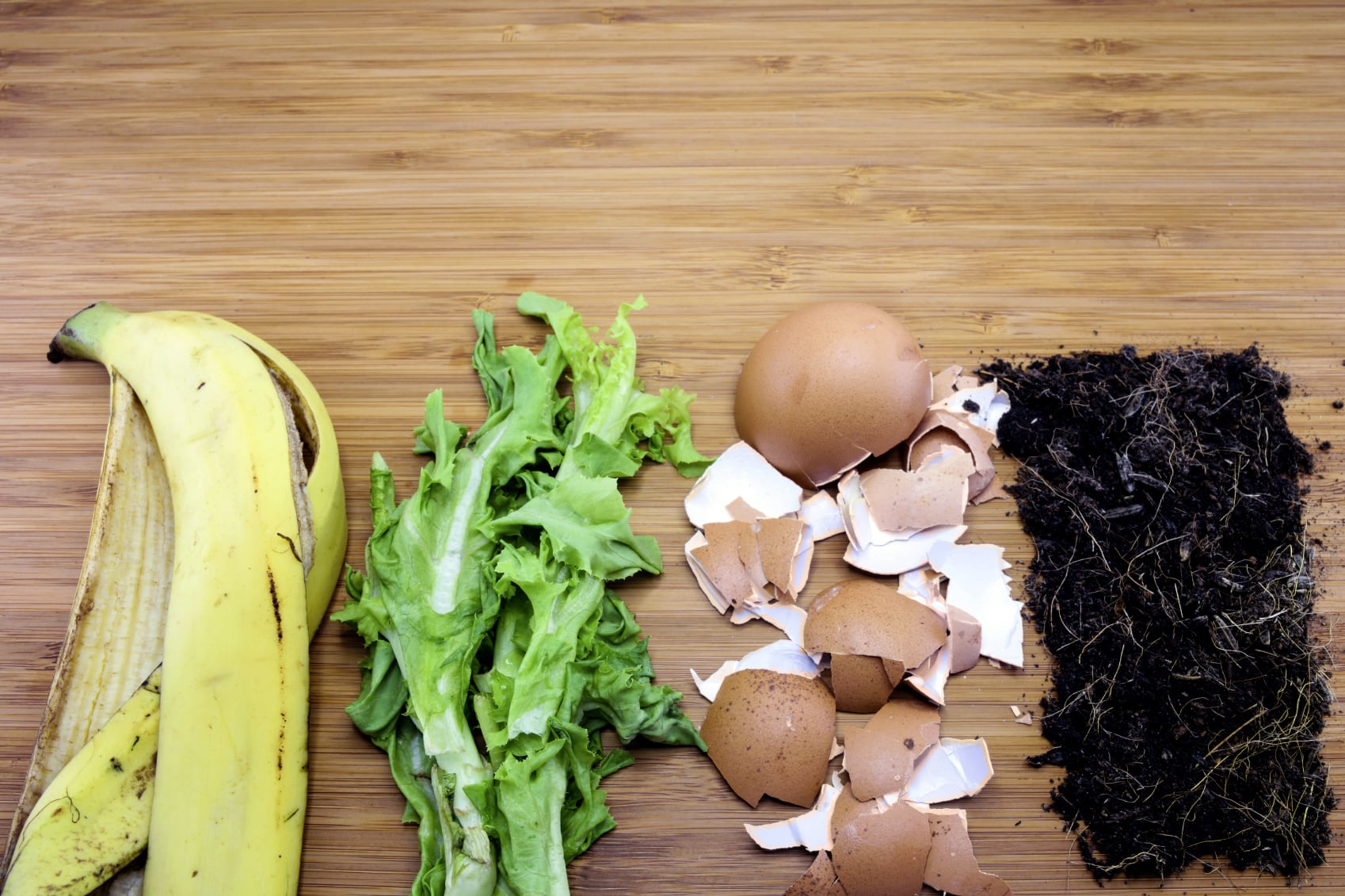How to Make Organic Fertilizer at Home

Are you tired of using chemical-laden fertilizers that harm your plants and the environment? Do you dream of a lush, vibrant garden that's both beautiful and eco-friendly? The solution is right under your nose—literally! By learning how to make organic fertilizer at home, you can transform your garden into a thriving oasis. Let's dive into the world of homemade compost and natural fertilizer, and discover some practical garden tips that will make your green thumb shine.
Understanding Organic Fertilizer
Organic fertilizer is the secret sauce that nourishes your plants naturally. Unlike synthetic fertilizers, organic options are derived from plant or animal materials. They improve soil structure, enhance water retention, and promote a healthy ecosystem in your garden. So, why not give your plants the best by making your own organic fertilizer at home?
Benefits of Homemade Compost
Homemade compost is the cornerstone of organic gardening. It's not just about reducing waste; it's about creating a nutrient-rich soil amendment that your plants will love. Composting turns kitchen scraps and yard waste into a valuable resource. It's like turning trash into treasure!
Why Choose Homemade Compost?
- Nutrient-Rich: Compost is packed with essential nutrients that plants need to grow.
- Soil Improvement: It enhances soil structure, making it easier for roots to penetrate and absorb water.
- Environmentally Friendly: By composting, you reduce the amount of waste sent to landfills.
- Cost-Effective: Making your own compost is much cheaper than buying commercial fertilizers.
How to Make Organic Fertilizer at Home
Ready to get your hands dirty? Let's break down the process of making organic fertilizer into simple, manageable steps.
Step 1: Gather Your Ingredients
The first step is to collect the right materials. You'll need a mix of "greens" and "browns." Greens are nitrogen-rich materials like fruit and vegetable scraps, coffee grounds, and grass clippings. Browns are carbon-rich materials like leaves, straw, and shredded paper.
Step 2: Create Your Compost Pile
Find a spot in your yard for your compost pile. It should be in a shady area with good drainage. Start by layering your greens and browns. Aim for a ratio of about 1 part green to 2 parts brown. This balance helps the compost break down efficiently.
Step 3: Maintain Your Compost
Keep your compost pile moist, like a wrung-out sponge. Turn the pile every few weeks to aerate it and speed up the decomposition process. You can also add a bit of water if it gets too dry.
Step 4: Harvest Your Compost
After a few months, your compost should be ready. It will look like dark, crumbly soil and have a pleasant, earthy smell. Use it as a top dressing for your plants or mix it into your garden soil.
DIY Fertilizer Recipes
If you're looking for specific recipes, here are a few DIY fertilizer ideas to get you started:
Compost Tea
Compost tea is a liquid fertilizer made by steeping compost in water. It's a quick way to give your plants a nutrient boost. Simply place a shovelful of compost in a burlap sack, suspend it in a 5-gallon bucket of water, and let it steep for a few days. Use the resulting tea to water your plants.
Banana Peel Fertilizer
Banana peels are rich in potassium, which is essential for plant growth. You can make a banana peel fertilizer by blending a few peels with water and letting the mixture sit for a few days. Strain the liquid and use it to water your plants.
Eggshell Fertilizer
Eggshells are high in calcium, which helps plants grow strong. Crush eggshells into a fine powder and sprinkle them around the base of your plants. You can also mix them into your compost pile.
Garden Tips for Using Organic Fertilizer
Now that you know how to make organic fertilizer at home, let's talk about how to use it effectively.
Timing is Everything
The best time to apply organic fertilizer is in the spring, just before your plants start their growth spurt. You can also apply it in the fall to prepare your soil for the next growing season.
Know Your Plants
Different plants have different nutrient needs. Research the specific requirements of your plants to ensure you're giving them the right kind of fertilizer.
Test Your Soil
Before you start fertilizing, it's a good idea to test your soil. This will give you a baseline of its nutrient levels and help you determine what kind of fertilizer your garden needs.
Conclusion
Making organic fertilizer at home is not just a rewarding hobby; it's a sustainable practice that benefits both your garden and the environment. By turning waste into a valuable resource, you're taking a step towards a greener future. So, why wait? Start your compost pile today and watch your garden flourish.
FAQs
How long does it take to make compost?
- The time it takes to make compost can vary, but it typically takes about 2-3 months for a well-maintained pile to break down completely.
Can I compost meat and dairy products?
- It's generally not recommended to compost meat and dairy products, as they can attract pests and create unpleasant odors. Stick to plant-based materials for best results.
What is the best ratio of greens to browns for composting?
- Aim for a ratio of about 1 part green to 2 parts brown. This balance helps the compost break down efficiently.
How often should I turn my compost pile?
- Turn your compost pile every few weeks to aerate it and speed up the decomposition process.
Can I use compost as a mulch?
- Yes, compost can be used as a mulch. It helps retain moisture, suppress weeds, and adds nutrients to the soil.


0 Response to "How to Make Organic Fertilizer at Home"
Post a Comment